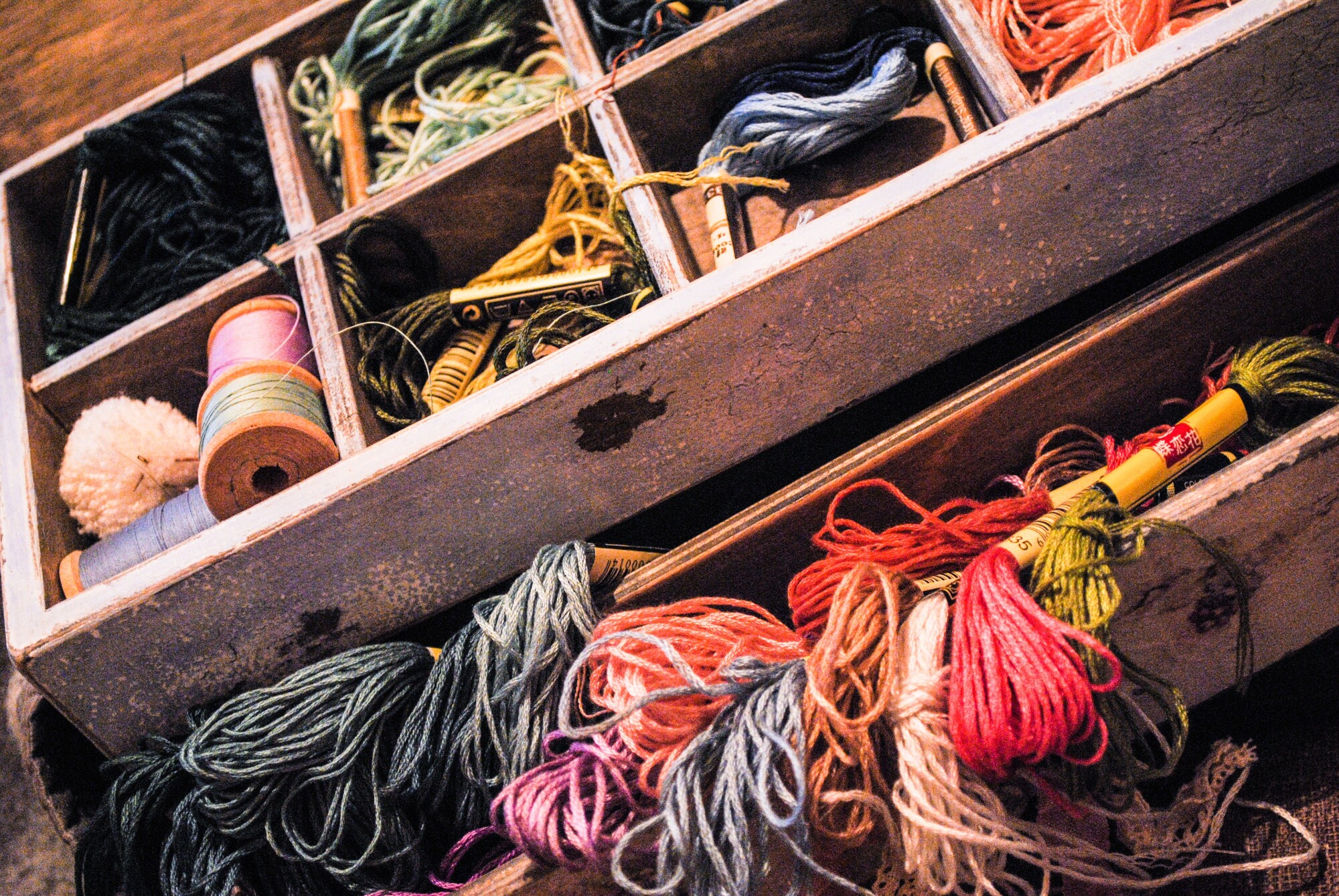
Are you ready to start embroidering?
Embroidery is a creative hobby but it’s got practical uses too. It’s a great way to spruce up existing garments or add flare to new clothes you’ve sewn yourself. You could even start a small business selling your creations.
But to get there, you need to master the basics which can seem daunting at the start. Especially when it comes to deciphering all the tools on the market.
It doesn’t have to be that way though! Read on for six essential embroidery tools that will make learning new techniques a breeze.
1. Scissors
Scissors are a key tool you won’t want to be without. First, you want a small pair of embroidery scissors for fine work. Usually, you can get cute designs with unicorns, dragons, rabbits and more on the handle.
You then should have a larger pair of fabric scissors on hand to trim larger felt and material. Make sure to keep both pairs as sharp as possible for cleaner cuts and smoother usage.
2. Needle Minders
A needle minder consists of two small magnets that go on your embroidery. When you’re not using your needle, you can stick it to the magnets. Embroidery for beginners can be tricky so this helps keep track of the sharp parts.
For this essential tool, you want to have strong magnets so the needle stays attached. Another bonus is if you drop a needle, you can use the magnets to sweep the floor, picking it up fast!
3. Needle Threaders
One of the best embroidery tools for beginners is a needle threader. This is especially the case for small needles or threads that keep splitting apart.
For the simplest ones, you push the metal diamond through the needle eye. Then you pass your thread through that diamond and pull the whole thing back through the eye again.
4. Hoop Stands
Every beginner embroidery kit should include a hoop stand. It will take the strain off your hands while doing fine detailed work like cross stitch.
A stand with a flat base is a good option as you can tuck it under your legs while sitting. Then you can adjust the height and angle to suit your body. It’s kind on the hands and your back as it’ll stop hunching too.
5. Stitch Guide
Beginner needs for embroidery are different to seasoned pros. Sometimes a little helpful reminder can help and that’s where stitch guides come in.
Having the basic stitches on hand will help keep them fresh in your mind. For more complicated stitches, make your own guide by following Youtube videos.
6. Storage
At the start, you might not have many embroidery materials but they’ll accumulate fast. Finding a place for threads, bobbins and other items can get tricky.
Keep things tidy and organized by getting storage right from the start. For example, you can use a metal grid and hooks to hang your embroidery threads from. For the super organized, you can create a nice look by organizing by color.
For shorter threads, use a simple paper bobbin to wrap them around and write the color code on it. A drawer or box unit is handy too, so all your tools remain out of the way.
Do Miss Out on These Beginners Embroidery Tools
When starting it’s best to have all the embroidery tools you’ll need to learn smoothly. The faster you pick up the process, the sooner you’ll get the results you’re looking for.
If you’re looking for more sewing and embroidery tips, check out our blog for more. Cathey’s here for all your sewing needs.






